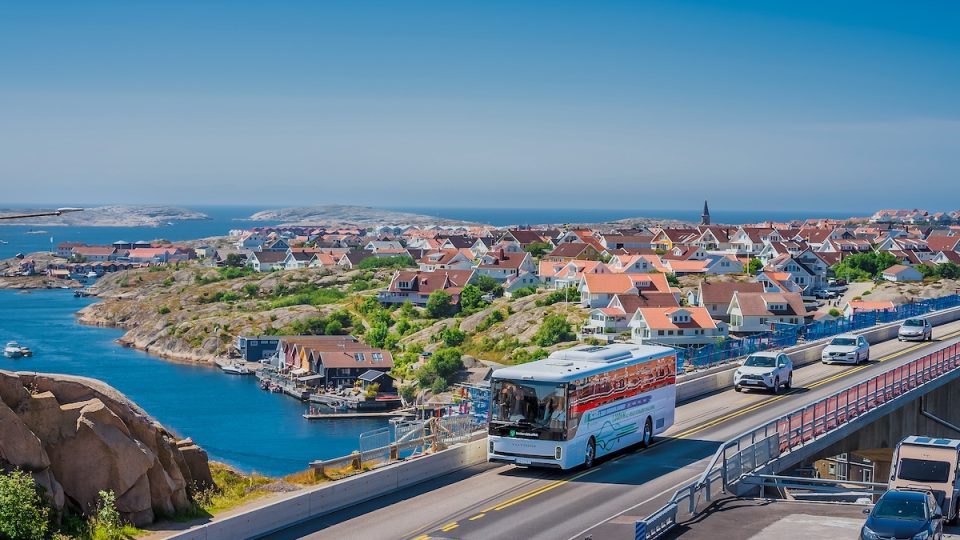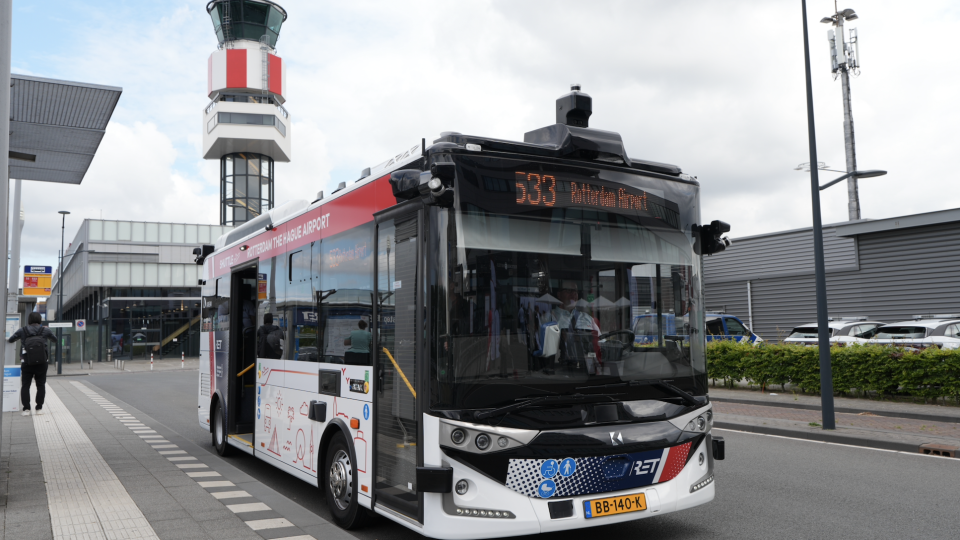A third of European public transport buses to be zero emission by 2030, with over 10,000 ZE registrations yearly beyond 2025
A third of the 200,000 buses in European public transport will be zero-emission by 2030. At that year, zero emission buses will cover two thirds of the new city bus registrations. These figures are written down in the report “All aboard Europe’s electric bus revolution” by financial consulting company ING. That clearly reads: «This will […]

A third of the 200,000 buses in European public transport will be zero-emission by 2030. At that year, zero emission buses will cover two thirds of the new city bus registrations. These figures are written down in the report “All aboard Europe’s electric bus revolution” by financial consulting company ING. That clearly reads: «This will be the decade of change».
A rapid increase in the deployment of zero emission buses (both electric bus and fuel cell bus units) is expected from 2023 on. Today, although volumes are growing year on year, barely 4% of the public transport fleet is electrified.
Zero emission bus market to accelerate in Europe by 2023
In most Western European countries, it is determined by the Clean Vehicles Directive that at least 22.5 percent of newly registered buses must be zero-emission in 2025 (32.5 percent in 2030). In Eastern Europe, these quotas are lower, but according to ING, various countries and cities have already set more ambitious targets.
A strong acceleration of the transition to electric buses is expected from 2023 onwards. ING forecasts that this year 2,450 new all-electric buses will enter European public transport and that this number will grow to more than 4,000 in 2025. Beyond 2025, ING expects «new inflows to accelerate to over 10,000 buses as transition programmes come on stream and targets become more pressing. This is equal to almost 60% of new sales». Including hydrogen buses, two-thirds of the new vehicles will be zero emission in 2030. ING expects some 65,000 battery-electric buses in operation in Europe by 2030, while fuel cell buses «are expected to take a larger share in the long-distance transport segment in the run up to 2030».
According to ING’s forecasts, Germany and the UK will run the largest e-fleets. This implies the fleet share will surge from barely 4% in 2020 to an expected 33% in 2030. It means «the largest portion will still need to be replaced after 2030».
The challenge of the transition to e-buses
The transition to zero emissions is not without its challenges, ING warns. This includes the construction of charging infrastructure and the supply of electricity. Bus manufacturers will also have to expand their production capacity quickly in order to meet the growing demand: «Manufacturers like Mercedes, Volvo and VDL, but also Ebusco, BYD and Switch are extending production, but shortages of capacity or components like batteries or semiconductors may be limiting factors. Meanwhile, manufacturing is just emerging from the pandemic-induced slowdown», ING says.









